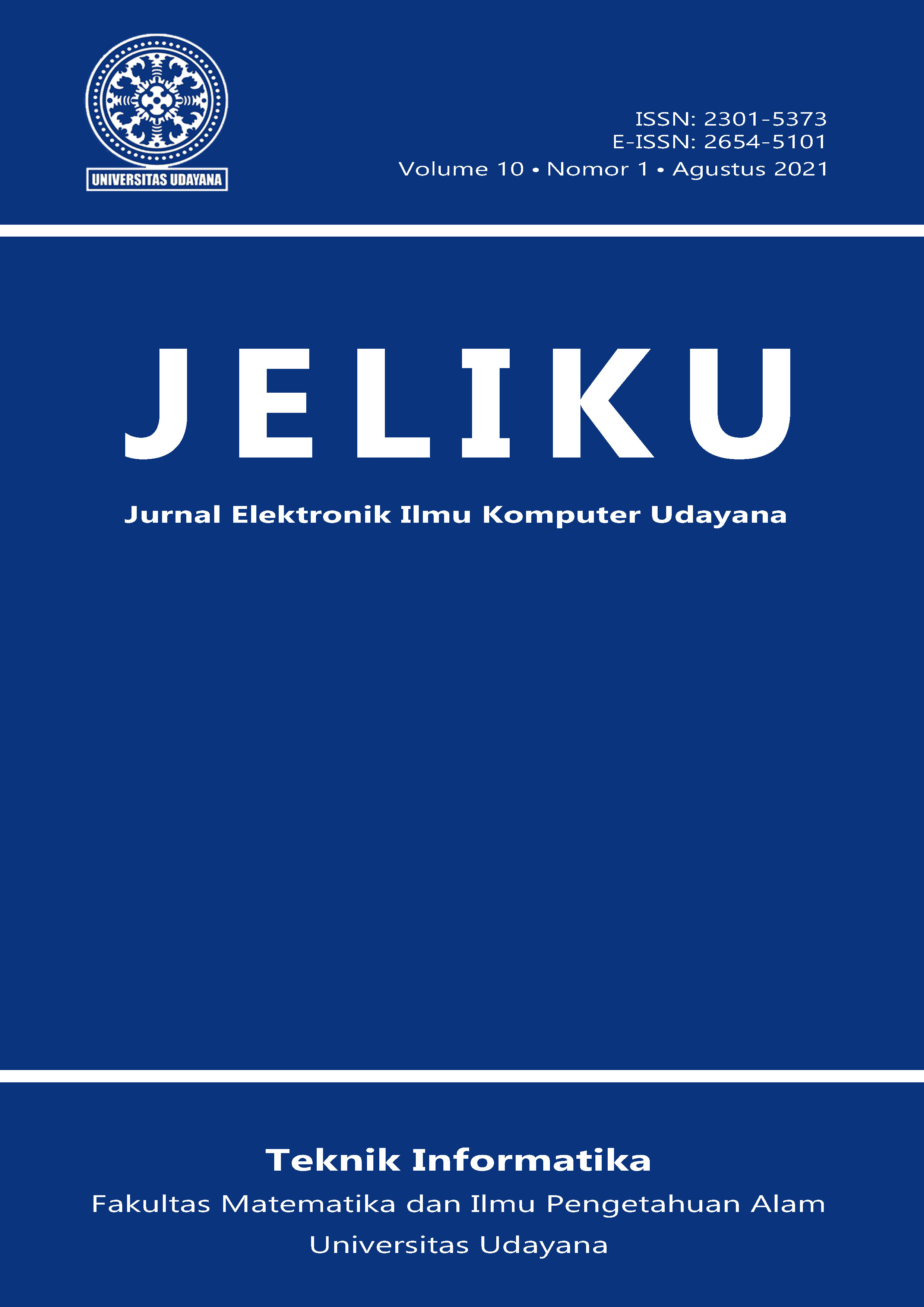Implementation of K-Nearest Neighbor Algorithm in Heart Disease Classification
Abstract
The heart is an important organ that exists in the human body. The main function of the heart is to pump blood throughout the body through blood vessels. The WHO states that as many as 7.3 million people die from heart disease. In this study heart disease will be classified using the K-Nearest Neighbor algorithm. K-Nearest Neighbor algorithm is a classification algorithm based on the distance from data testing against training data with a pre-defined number of k. The results were obtained from performance measurements for the classification of heart disease with the K-Nearest Neighbor algorithm measured using the K-Fold Cross Validation algorithm, from an accuracy rate of 65.89%, a precision level of 66.27%, and a recall of 74.67%.






